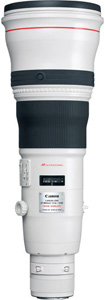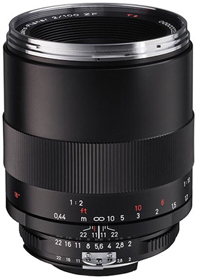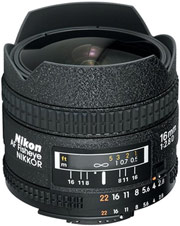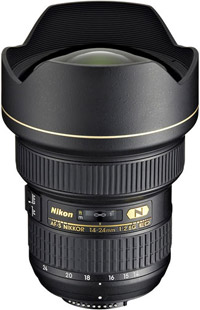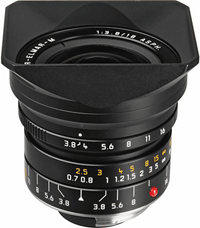EXCERPT page containing first few paragraphs. 2024-04-18 05:10:00
UA_SEARCH_BOT_null @ 18.119.159.150
For full access, subscribe here. Or click title to login. ![]()
Choosing Lenses
This page is deliberately ordered before the Choosing a Camera page, because it makes more sense to think about lenses first: a camera is an accessory, constantly changing in the digital world, but lenses are a long-term investment.
Some lenses just will never deliver a brilliant image, an image that is alive and sparkles. I avoid those. Many zooms are this way, though not all. I choose lenses based on imaging qualities that include brilliance, bokeh, color rendition, freedom from aberrations, and size/weight/ergonomics.
Prime or zoom
Prime lens = fixed focal length (non zoom)
I rarely use zooms, though a few are unique and special enough to warrant it, such as the Nikon 14-24mm f/2.8G, a lens I would not be without, but I still use it much less then my Zeiss primes. By comparison (and not to pick on Canon), the Canon 16-35 gathers dust; its images are dull and lifeless.
Article continues for subscribers...
Diglloyd Making Sharp Images is by yearly subscription. Subscribe now for about 13 cents a day ($50/year).
BEST DEAL: get full access to ALL 8 PUBLICATIONS for only about 75 cents a day!
Diglloyd Making Sharp Images articulates years of best practices and how-to, painstakingly learned over a decade of camera and lens evaluation.
Save yourself those years of trial and error by jump-starting your photographic technical execution when making the image. The best lens or camera is handicapped if the photographer fails to master perfect shot discipline. High-resolution digital cameras are unforgiving of errors, at least if one wants the best possible results.
- Eases into photographic challenges with an introductory section.
- Covers aspects of digital sensor technology that relate to getting the best image quality.
- Technique section discusses every aspect of making a sharp image handheld or on a tripod.
- Depth of field and how to bypass depth of field limitations via focus stacking.
- Optical aberrations: what they are, what they look like, and what to do about them.
- MTF, field curvature, focus shift: insight into the limitations of lab tests and why imaging performance is far more complex than it appears.
- Optical aberrations: what they are, what they look like, and what to do about them.
- How to test a lens for a “bad sample”.
Intrigued? See Focusing Zeiss DSLR Lenses For Peak Performance, PART ONE: The Challenges, or (one topic of many) field curvature.
